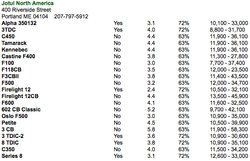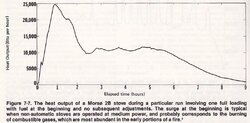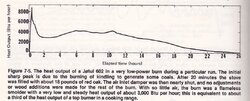Great Site 1st time on the site. Quick question. Why does Yotul say the Black Bear produces 60,000 btu's when the EPA site says it only produces 12,000 to 23,500 btu's? What am I missing???
1st time on the site. Quick question. Why does Yotul say the Black Bear produces 60,000 btu's when the EPA site says it only produces 12,000 to 23,500 btu's? What am I missing???
Thanks in advance
 1st time on the site. Quick question. Why does Yotul say the Black Bear produces 60,000 btu's when the EPA site says it only produces 12,000 to 23,500 btu's? What am I missing???
1st time on the site. Quick question. Why does Yotul say the Black Bear produces 60,000 btu's when the EPA site says it only produces 12,000 to 23,500 btu's? What am I missing??? Thanks in advance






